Engines and Enterprise: The Life and Work of Sir Harry Ricardo
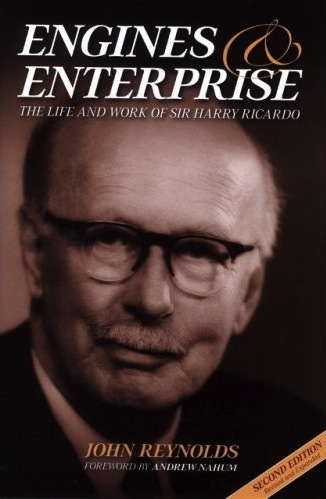 by John Reynolds
by John Reynolds
Harry Ralph Ricardo was born in 1885, the son of an upper middle class banking and architectural family residing in the fashionable Bloomsbury borough of London. An education at the privileged schools of Rugby and Cambridge, coupled with his undying love for all things mechanical, propelled the young Ricardo on a career path to become one of world’s leading authorities in engine research and development.
In 1968, the now knighted (1948) Sir Harry Ricardo, authored a biography of his life to that point. Sir Harry’s book was originally titled Memories and Machines, the Pattern of My Life. Later his book was republished as The Ricardo Story. By all accounts, Sir Harry was a modest man, not prone to lengthy writings about his own considerable contributions to early engine development.
This current book fills in much of the detail that Sir Harry omitted from his autobiography. More importantly, the newer work takes us beyond his retirement in 1965 and covers the period up to Sir Harry’s death in 1974. The author has provided us with an excellent portrayal of the research and development work of the Ricardo Company. This company, now known as Ricardo Consulting Engineers Ltd., is still in business on the South Coast of England.
Of special interest are the details of the research and development of aircraft propulsion systems just prior to, and during, the Second World War. There are many photos of these aircraft and their power plants; including Rolls-Royce Merlin engines and the first gas turbine powered (jet) airplanes. Ricardo’s expert knowledge became internationally recognized. An interesting account is the honor given to Sir Harry in 1938 as a Member of the German Academy of Aeronautical Research, presented by Herman Goering, the German Air Force Commander.
In 1965, Jack Pitchford became Sir Harry’s successor as chairman of the Ricardo Company. Pitchford continued the work started by Ricardo to secure international clients in the automotive community. These included Peugeot, Citroën, Renault, Fiat, and Daimler-Benz. In the 1960s the Ricardo Company’s clients included Mitsubishi, Nissan, and Toyota. Here in the US the company was less utilized, and there are even accounts of US companies refusing to honor Ricardo company patents. Some work was done for Chrysler, Caterpillar, Harley-Davidson, and the Waukesha Motor Company. The low interest in Ricardo’s capability in the US is not too surprising, since most of the large British companies came under the control of American corporations, notably Ford and General Motors (the latter known as the Vauxhall Motor Company in the UK).
For engine aficionados this account of power plant development is a “must read.” Our tendency to often resort to “brand loyalty” when it comes to automobiles could be shaken to the core when you realize how one small British company played such a large role in the history of international engine development!
This book contains many parallels with Sir Harry’s earlier published autobiography. These include an extensive coverage of Ricardo’s family background, his upbringing and education, as well as some of his personal and family interests.
This is a revised, slightly expanded version of the original 1999 edition by Sutton Publishing.
Copyright 2010, Peter J. Armitage (speedreaders.info).


 RSS Feed - Comments
RSS Feed - Comments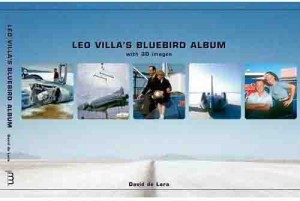

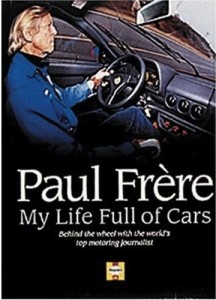
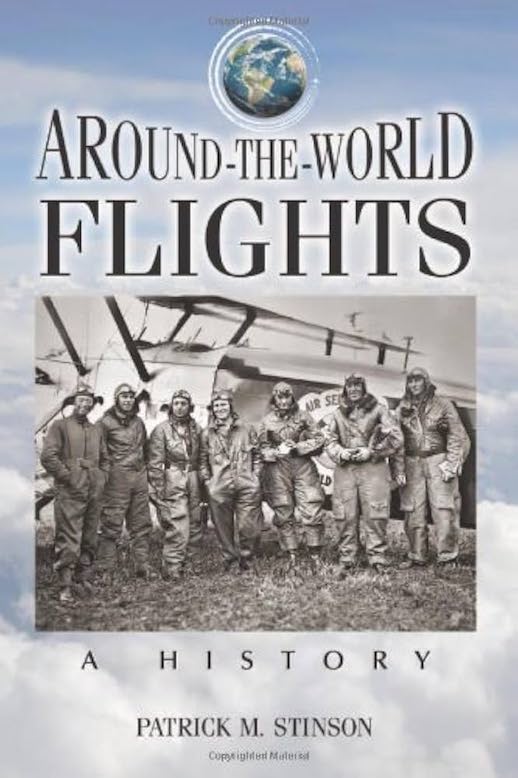

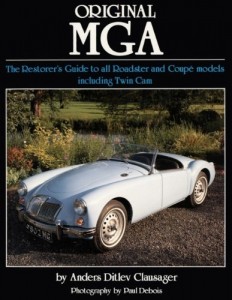
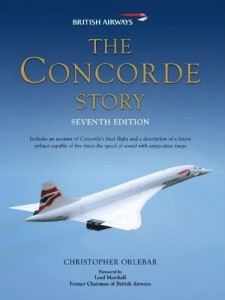
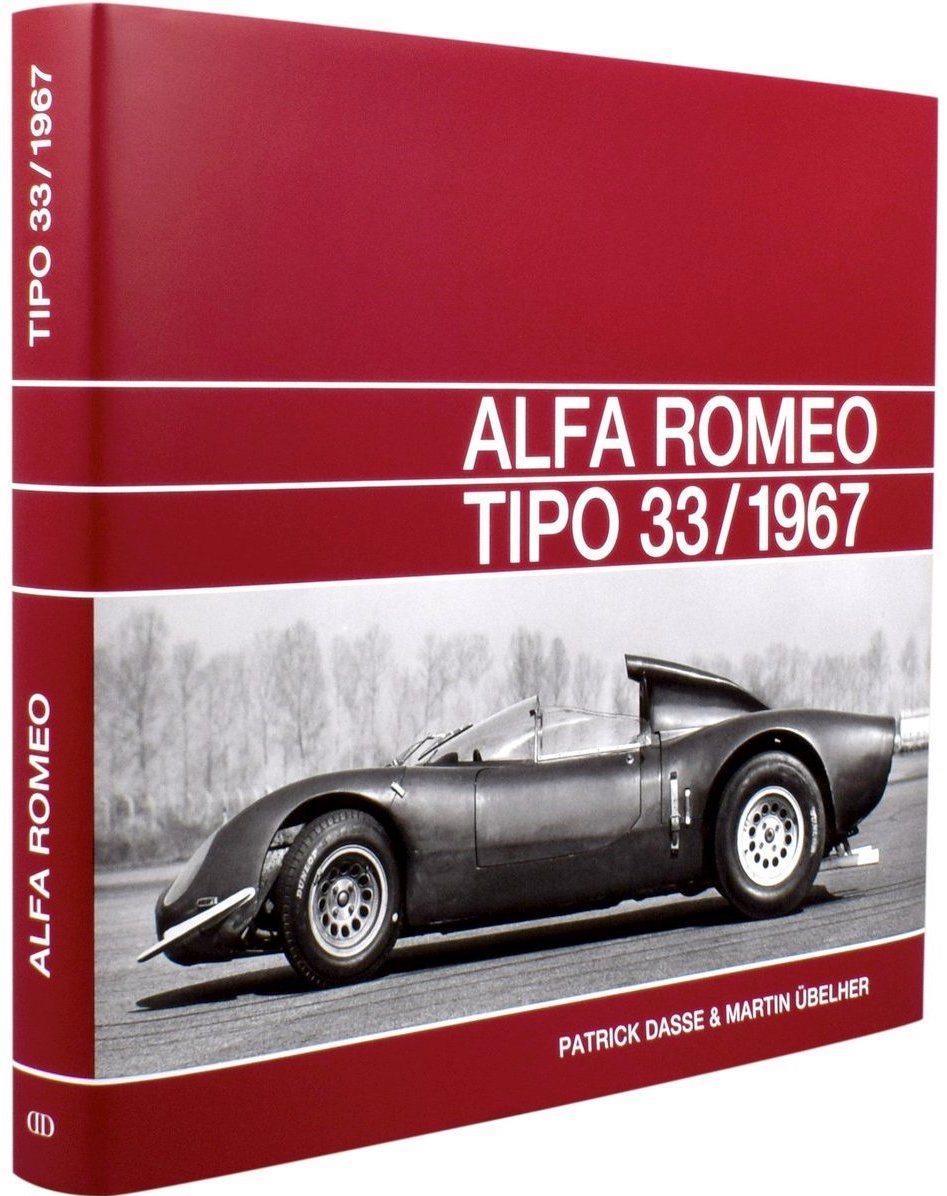
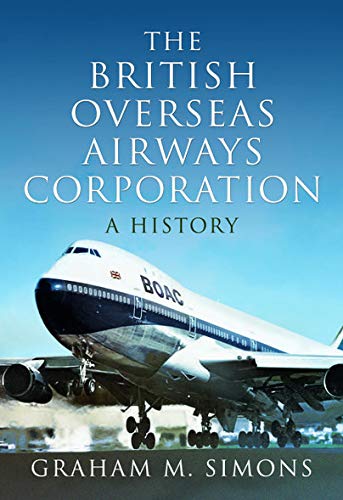
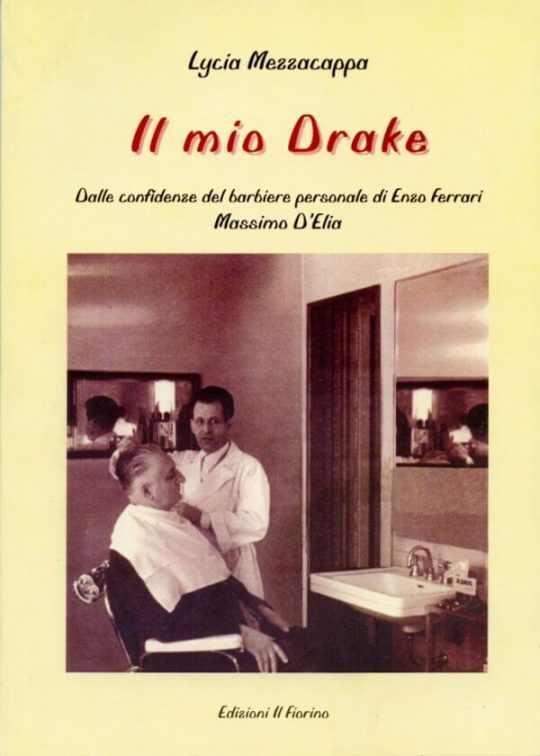
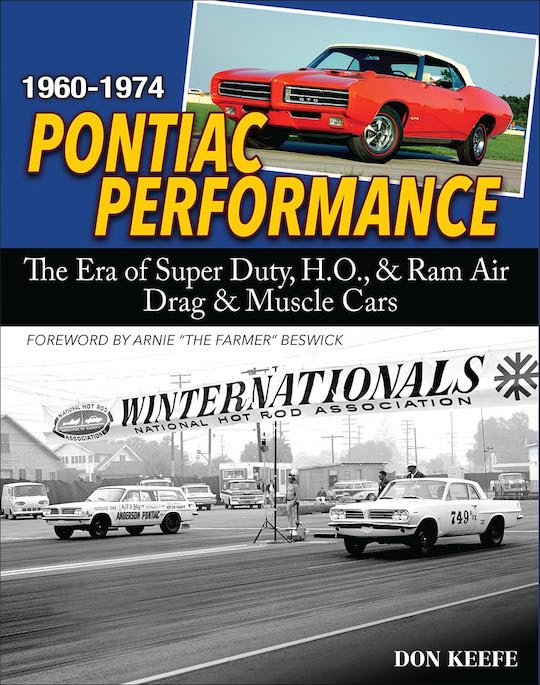
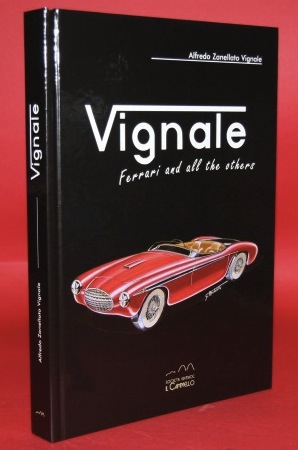
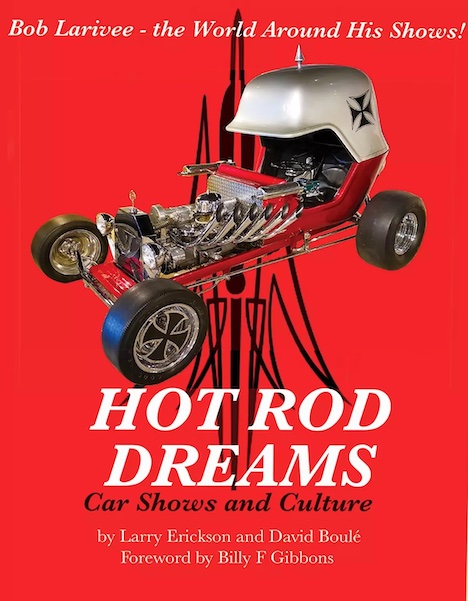
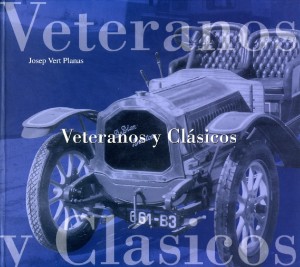
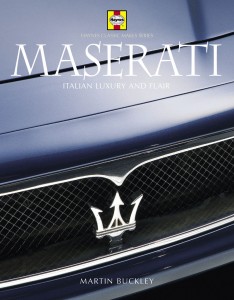
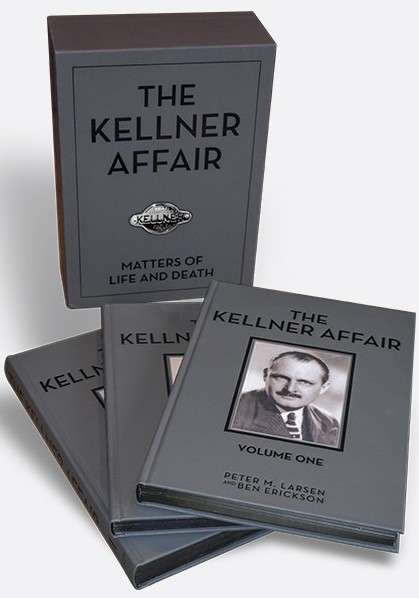
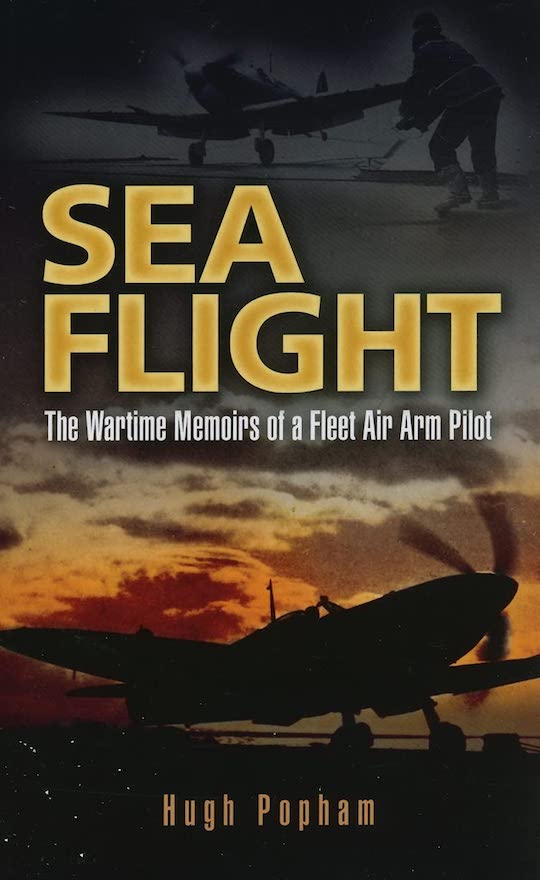

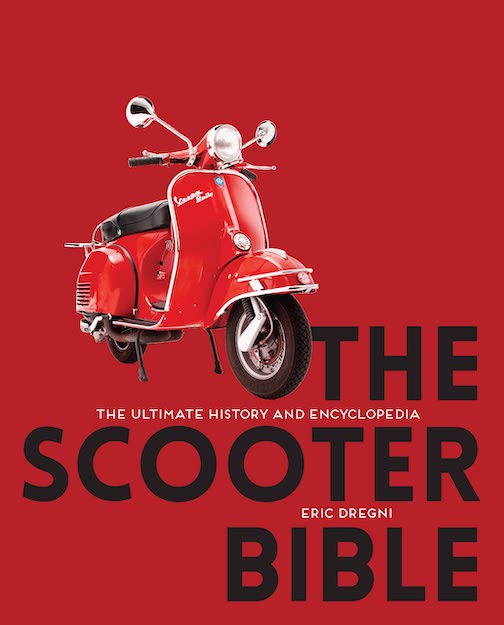
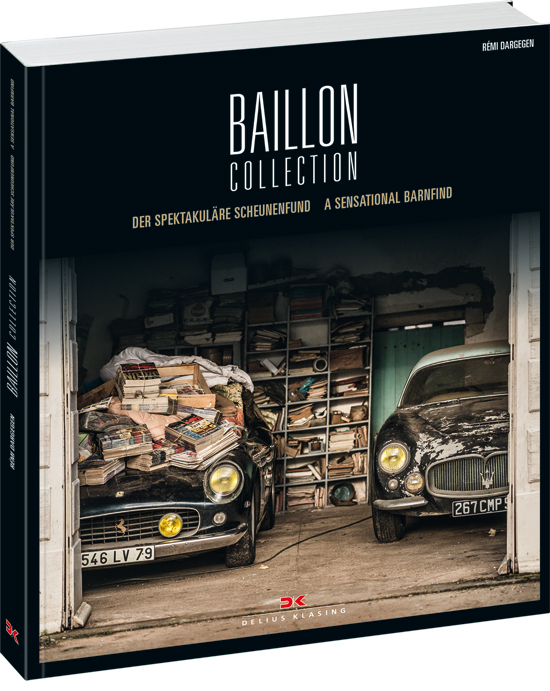
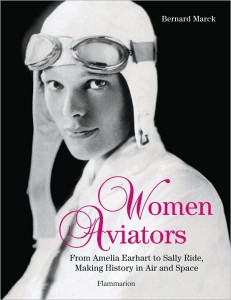


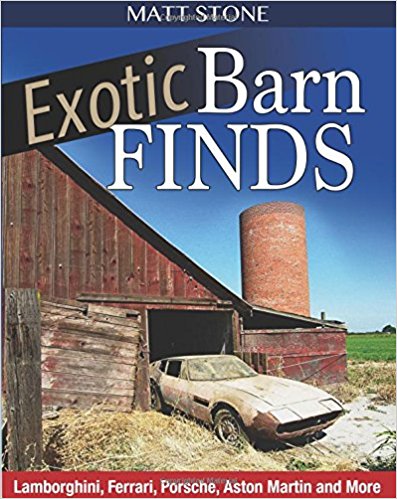
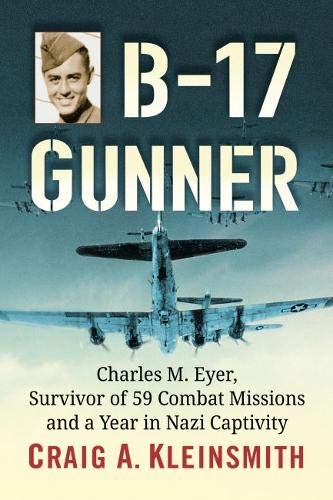

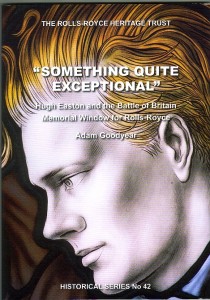
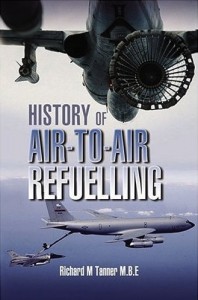
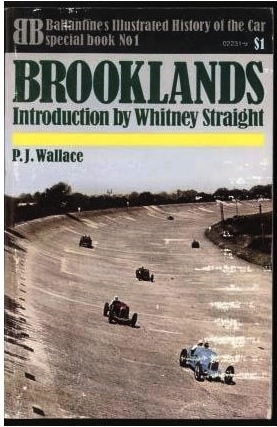
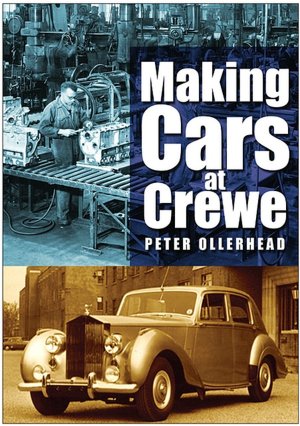
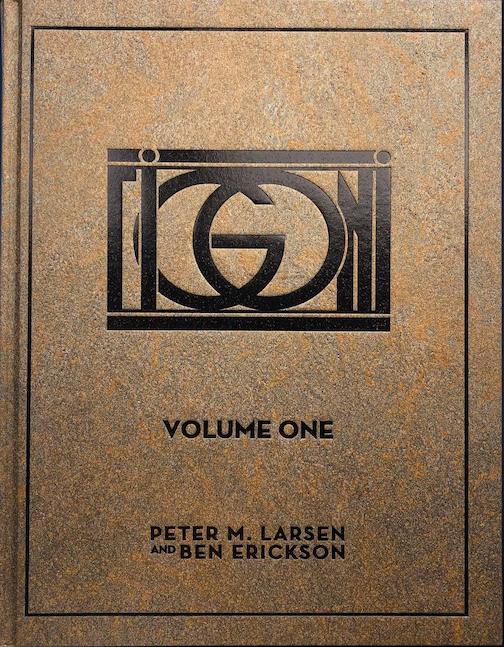
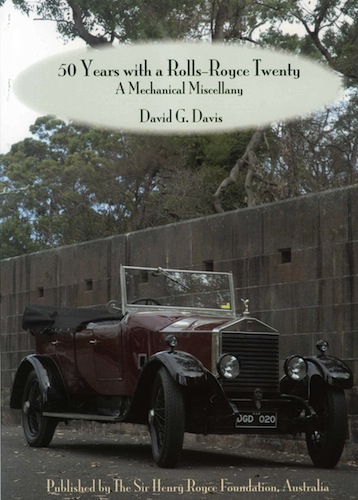
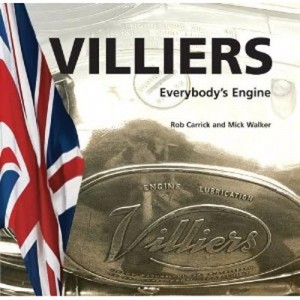
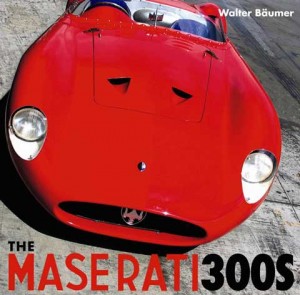
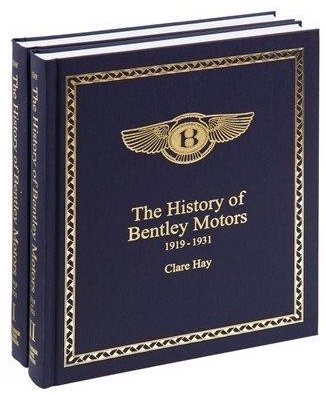
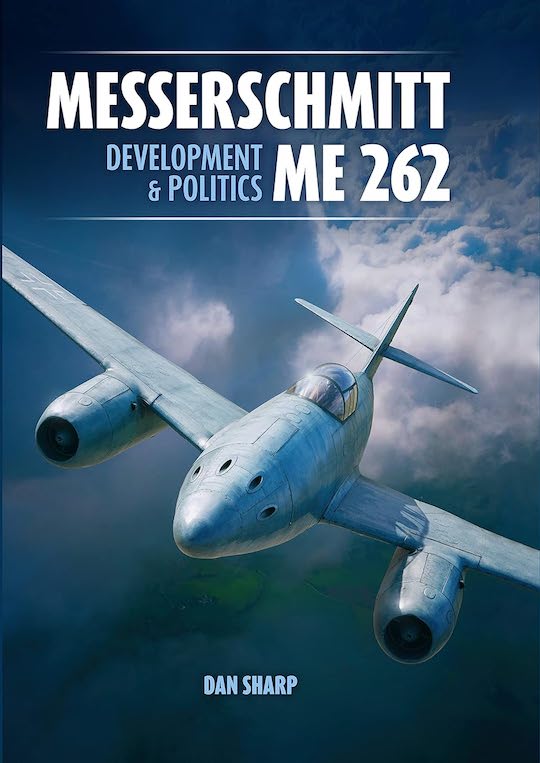
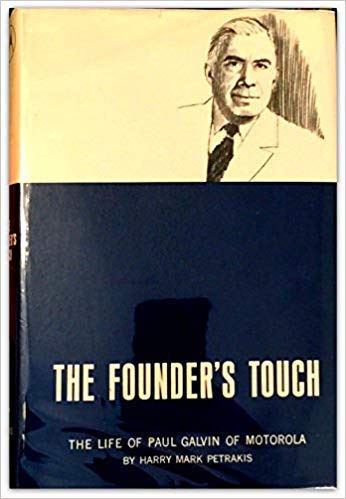
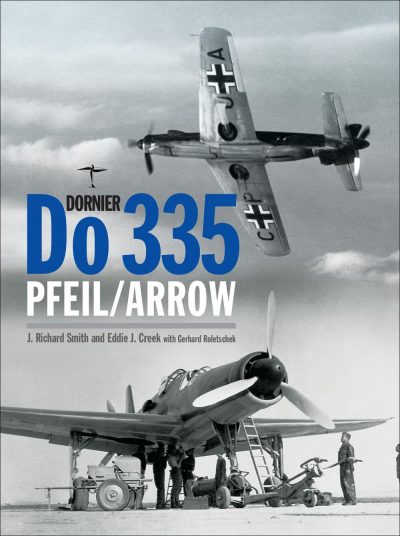
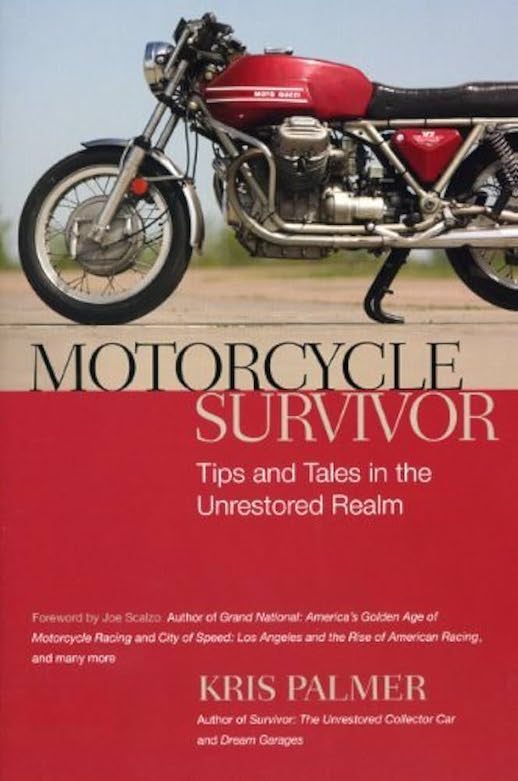

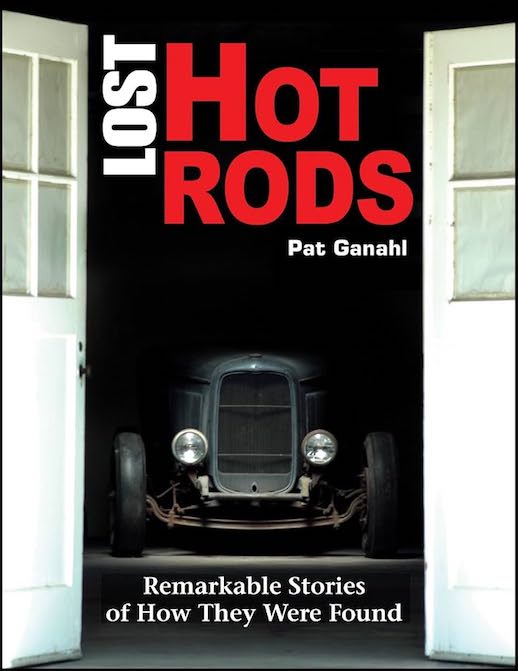
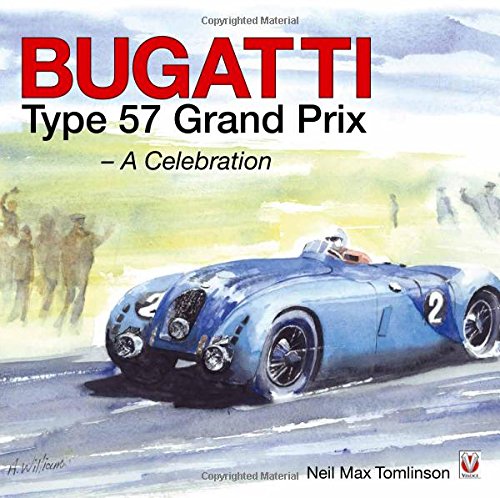
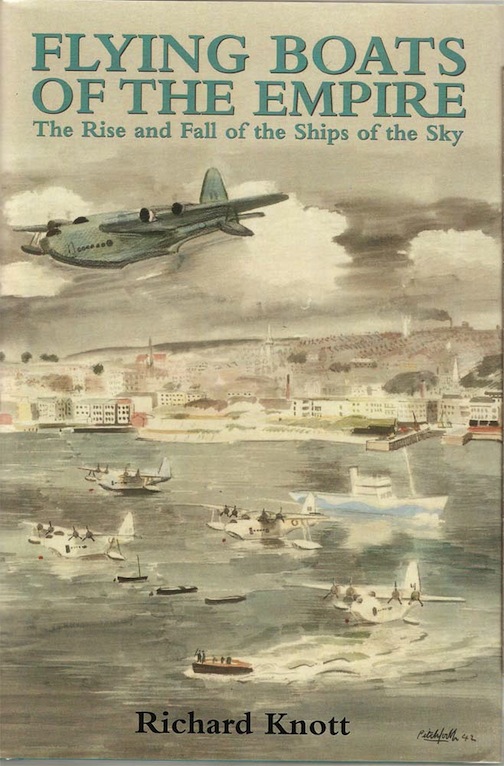
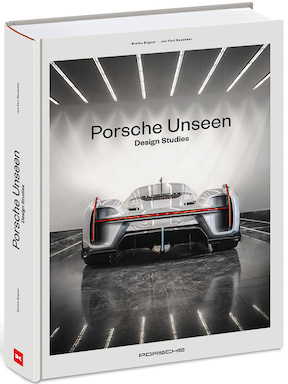
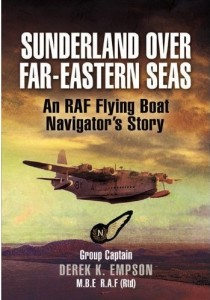
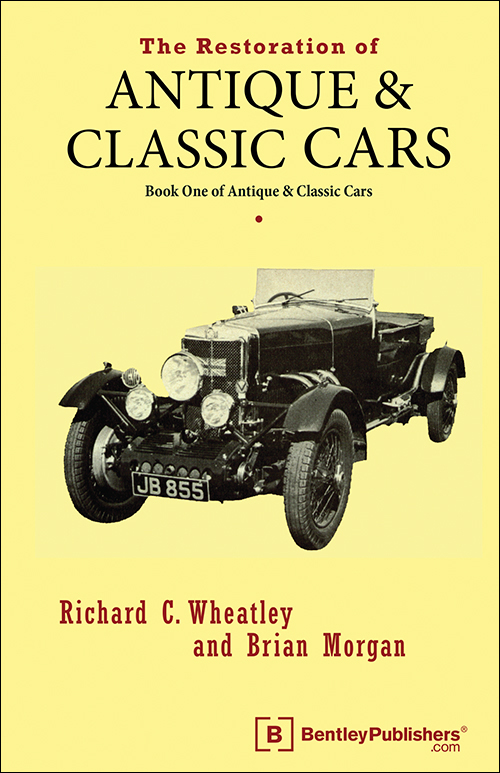
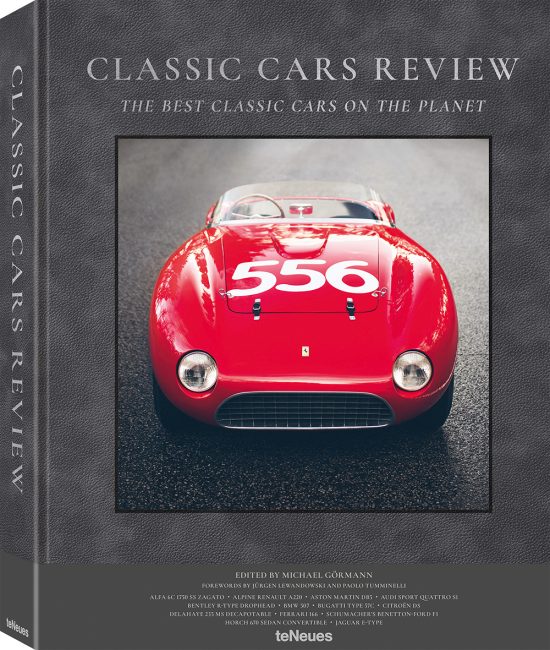
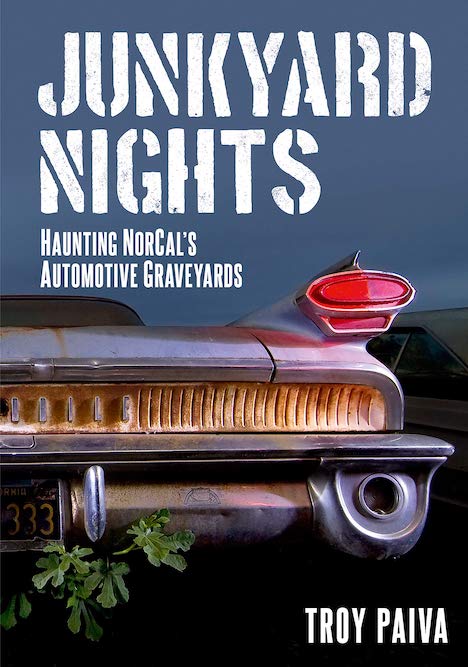
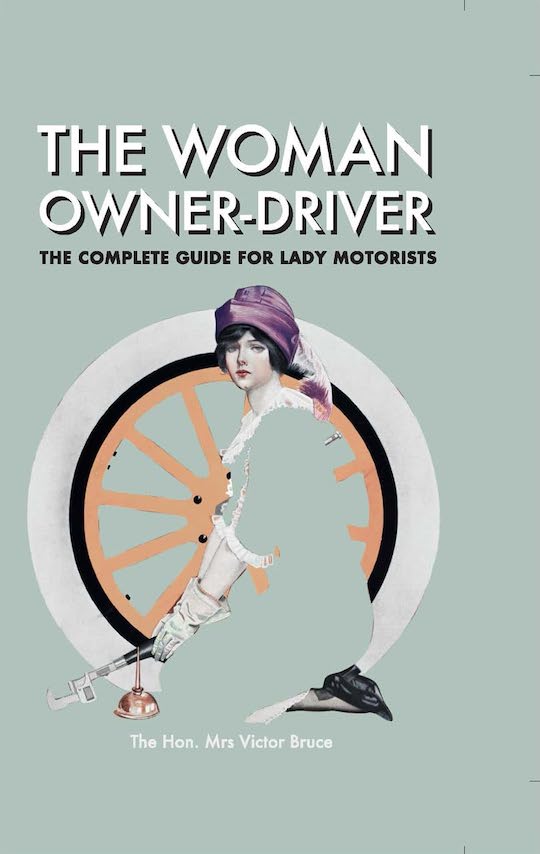
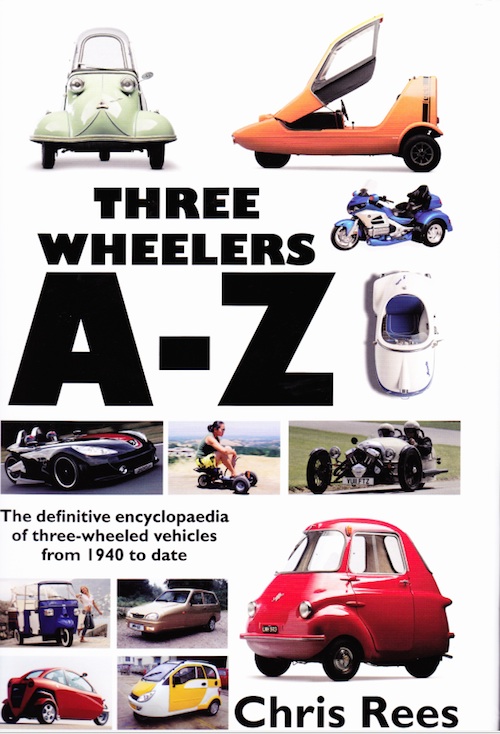
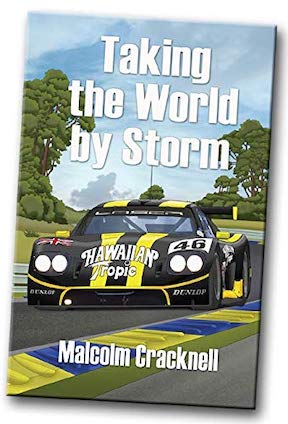
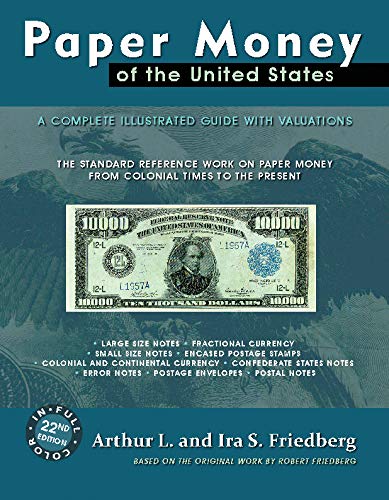
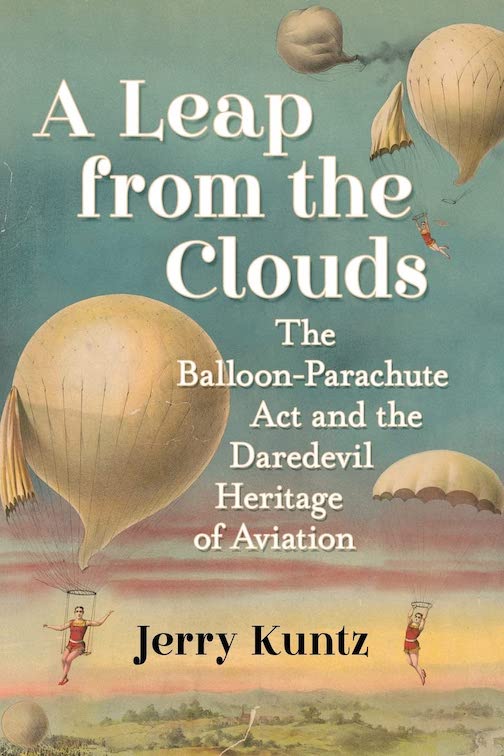
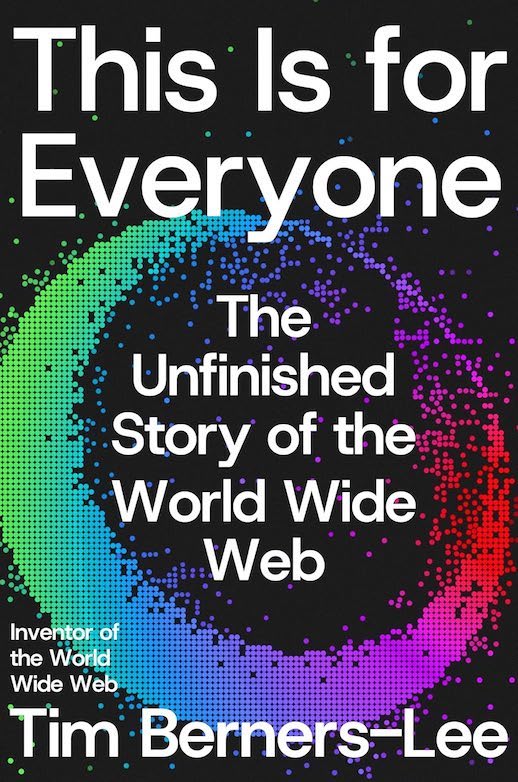
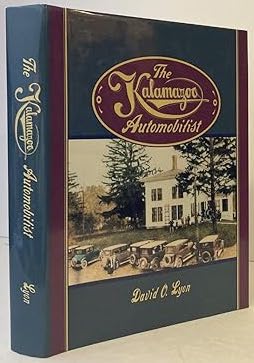
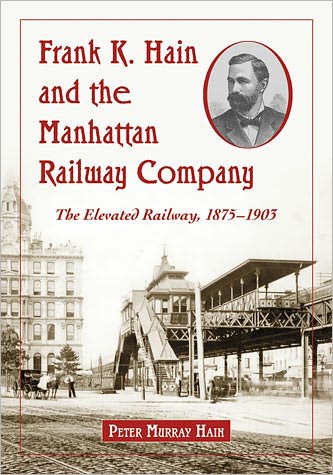
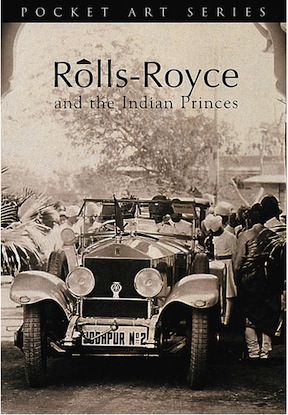

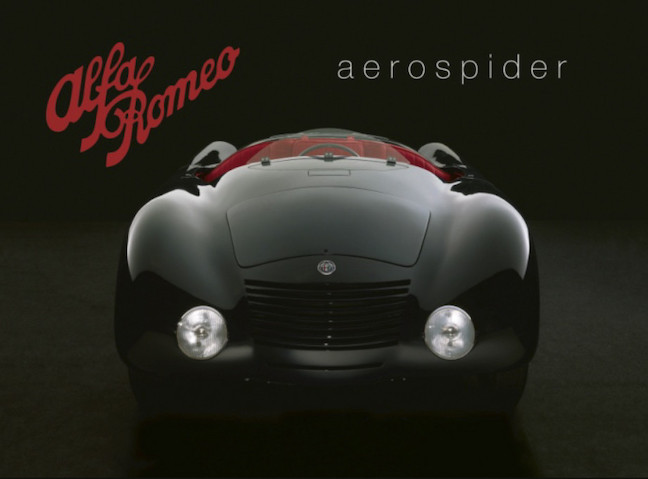
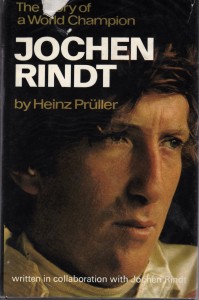

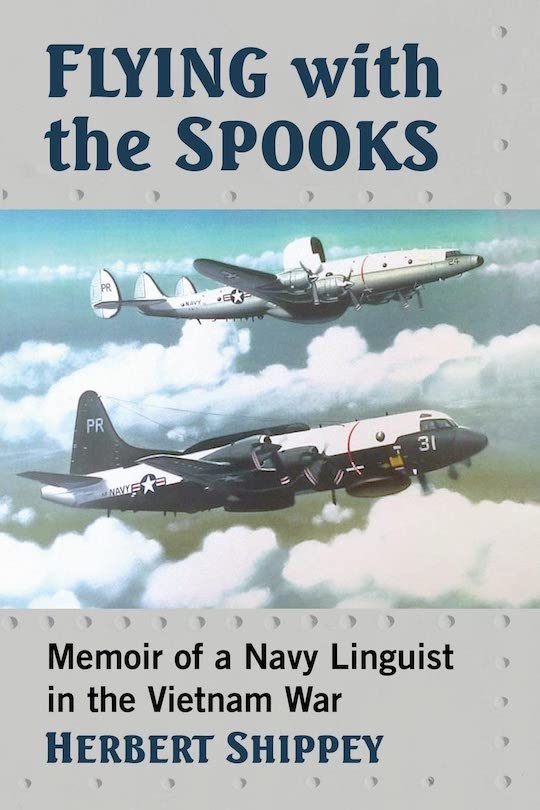
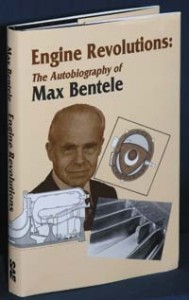
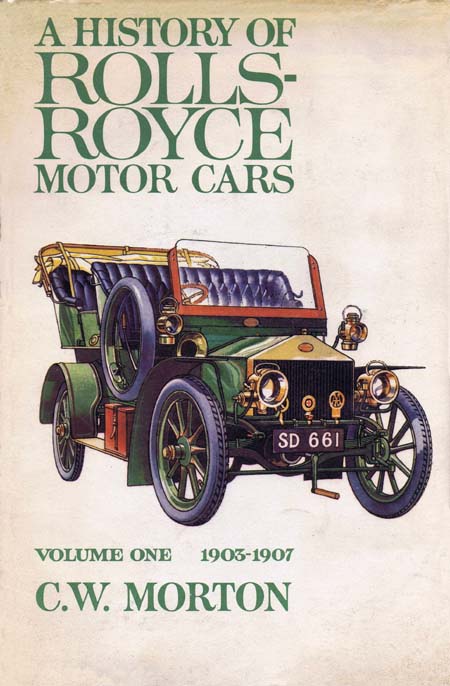
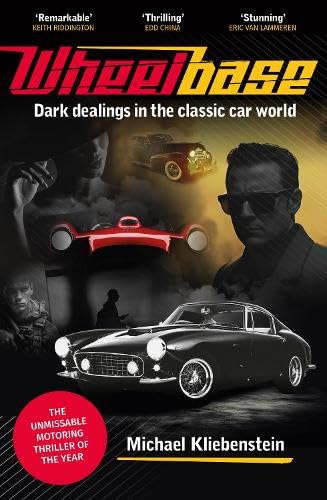
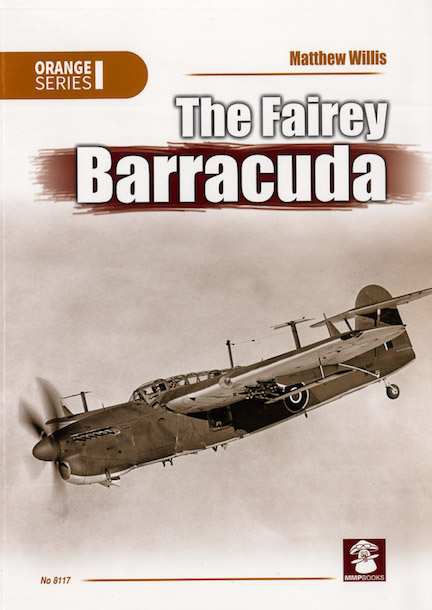
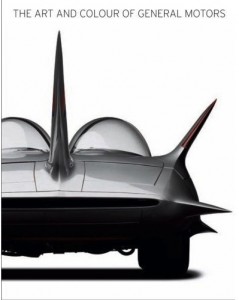
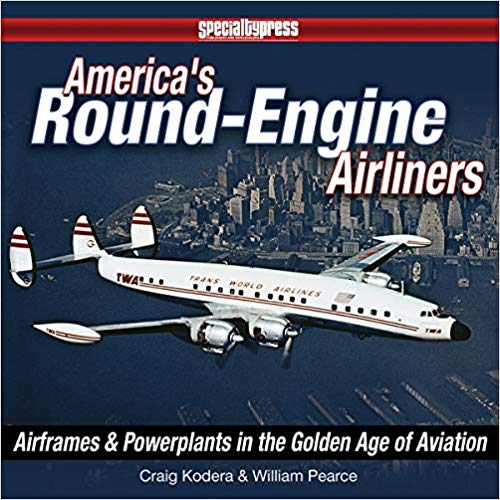
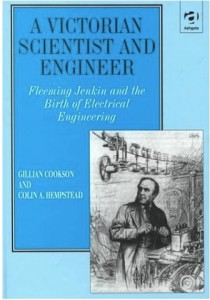

 Phone / Mail / Email
Phone / Mail / Email RSS Feed
RSS Feed Facebook
Facebook Twitter
Twitter